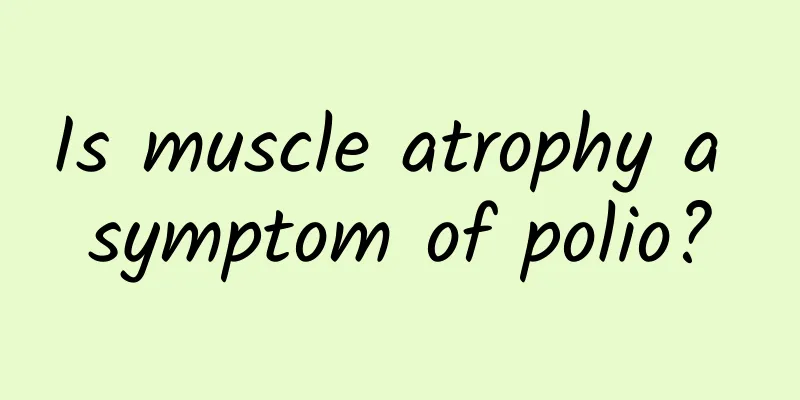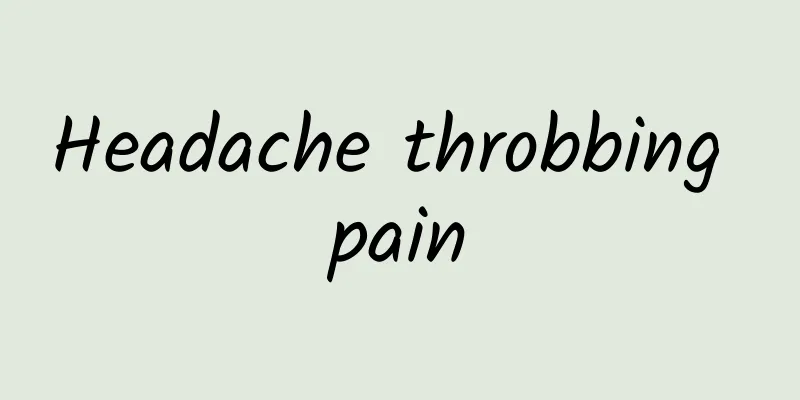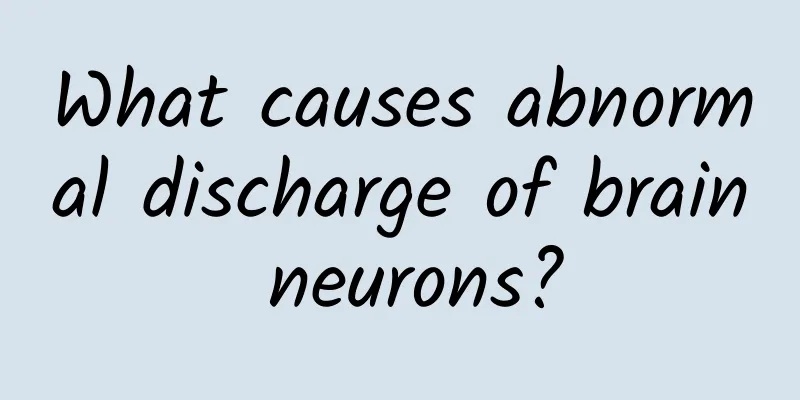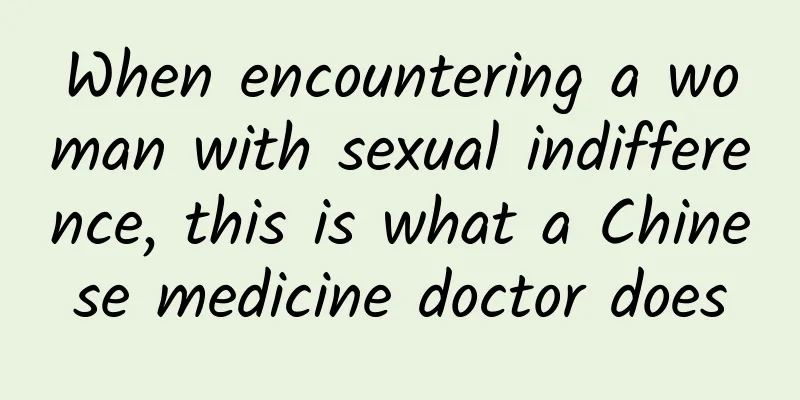Is muscle atrophy a symptom of polio?

|
How to treat polio is a concern for parents. As the number of patients suffering from sequelae of paralysis increases year by year, the physical and mental health of many patients has been seriously damaged, which has brought great burden to their families. So how to treat polio? Causes of polio 1. Resistance Poliovirus is insensitive to all known antibiotics and chemotherapeutic drugs and can withstand general concentrations of chemical disinfectants, such as 70% ethanol and 5% tartaric soap solution. 0.3% formaldehyde, 0.1mmol/L hydrochloric acid and (0.3~0.5)×10-6 residual chlorine can quickly inactivate it, but it can be protected in the presence of organic matter. Heating to 56°C for 30 minutes can completely inactivate it, but it can be stored for several years in a frozen environment, for several weeks in a 4°C refrigerator, and for several days at room temperature. Sensitive to UV rays, dryness and heat. Can survive for months in water, feces and milk. Magnesium chloride can enhance the virus's resistance to temperature, so it is widely used to preserve live attenuated vaccines. 2. Antigenic properties Using serum neutralization test, it can be divided into three serotypes: I, II, and III. Each serotype of virus has two type-specific antigens. One is the D (dense) antigen, which exists in mature virions. Viruses containing the D antigen are fully infectious and antigenic. The other is the C (coreless) antigen, which exists in the procapsid of the virus. Viruses containing the C antigen are empty shell particles lacking RNA and are not infectious. Under the action of neutralizing antibodies, the virus's D antigenicity can be transformed into C antigenicity, and it loses the ability to infect cells again. The heat-inactivated virus loses VP4 and RNA and becomes virus particles containing C antigen. The natural D antigen and the heated C antigen can be detected by precipitation reaction and complement fixation test. 3. Host range and virulence Humans are the natural hosts and reservoir hosts of poliovirus, and monkeys and gorillas are susceptible animals. The virus binds to specific receptors on the cell surface and is taken into the cell, where it replicates in the cytoplasm and releases inhibitors to inhibit the synthesis of host cell RNA and protein. The naturally occurring polio virus is called a wild strain, and the virus strain that has been attenuated in the laboratory is called a vaccine strain. The vaccine strain can cause paralysis only when injected directly into the central nervous system of monkeys and is not toxic to human nerve cells. Vaccine strain viruses, especially type III viruses, can mutate into toxic intermediate strains when spreading among the population. The most reliable method for distinguishing field and vaccine strains is nucleic acid sequence analysis. Other enteroviruses (such as Coxsackie and Echovirus) that originally exist in the intestines can interfere with the oral vaccine strain virus, preventing it from settling on the intestinal mucosa and entering the blood circulation, thereby reducing its ability to stimulate the immune system to produce antibodies. Polio symptoms 1. Limb muscle atrophy and weakness, limb deformity, difficulty in upper and lower limb movement, joint instability, unequal length of bilateral limbs, etc. 2. Hip joint contracture, flexion, relaxation and instability, or even hip dislocation. Knee flexion deformity and calf bending inward or outward are symptoms of polio sequelae. 3. The symptoms of polio sequelae also manifest in the feet, and various deformities of the feet may occur. For example, the heels or toes cannot touch the ground when walking, or the feet may be turned inward and walk on the outside of the instep. 4. In addition, deformities may also occur in other parts of the body, such as deformities of the upper limbs, curvature of the spine, tilt of the pelvis, etc. 5. Failure to receive polio vaccine or unsuccessful vaccination, such as vaccine expiration, taking with hot water, or failure to take the polio vaccine in full as prescribed. This is also the basis for the diagnosis of polio. |
<<: Complete list of methods to care for medullary paralysis in the golden autumn season
>>: What kind of tea can clear the lungs? What kind of tea has the effect of clearing the lungs?
Recommend
If you drool while sleeping, you must go to the hospital to see this department
Why do you drool while sleeping? Many people find...
Nursing of cerebral hemorrhage
The brain is very important to us humans, because...
Precautions after cystectomy
Transurethral resection of the bladder is a commo...
Can portal hypertension be cured?
Many people don't know much about portal hype...
What are the traditional Chinese medicine formulas for removing dampness and heat?
Dampness and heat are common symptoms in life. Th...
What to do with vaginal dryness after childbirth? These three methods are effective
After a period of recovery after childbirth, sex ...
Treatment of idiopathic retroperitoneal fibrosis
Speaking of "idiopathic retroperitoneal fibr...
Does bad liver cause bad breath?
The liver is a very important organ in the human ...
Placenta has a good kidney-tonifying effect. Three ways to eat it will make you enjoy the delicious taste
The nutritional value of the placenta is extremel...
Pearl powder whitening method, are you doing it right?
People who love beauty must be familiar with pear...
Medicinal value of palm fruit
I believe that everyone must have seen palm trees...
What to do if the vagina is inflamed
It is common for men to have inflammation of the ...
What are the effects and side effects of stir-fried cassia seeds?
Cassia seed is a common Chinese medicine. It has ...
Don’t just lick your dry lips, 4 tips to make your lips moisturized
If we do not pay attention to the moisturizing ca...
Can Chinese medicine facial mask remove freckles?
Facial freckles are a common skin problem, but fo...









